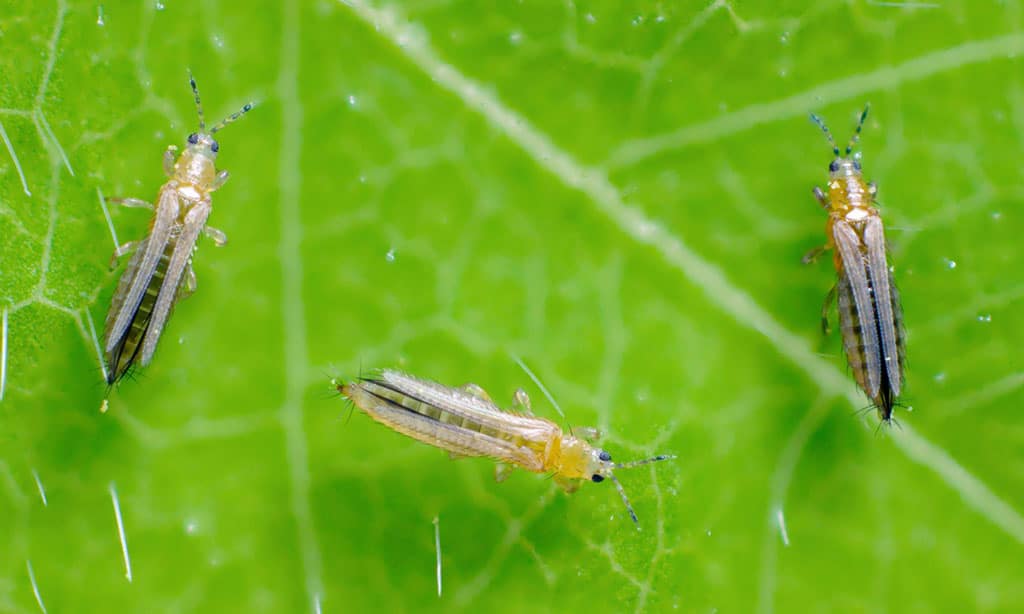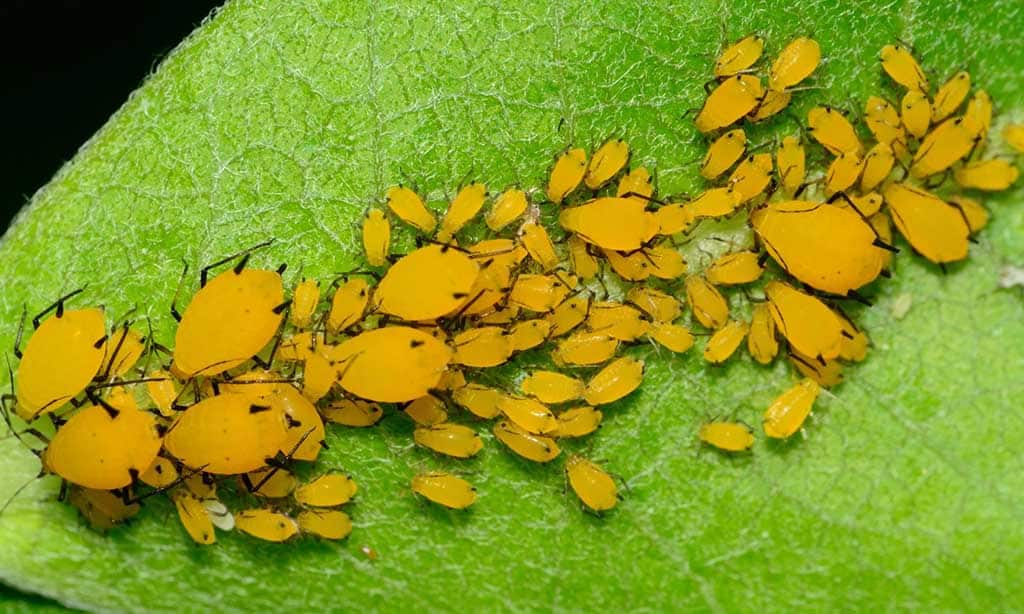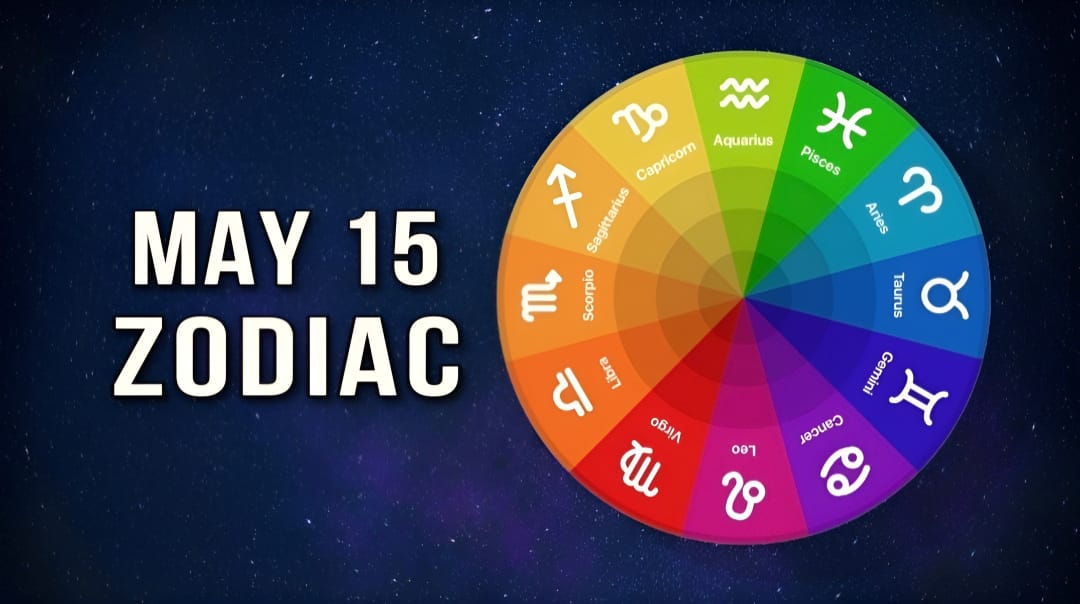Kiwi farming is a thriving agricultural activity that contributes significantly to global fruit production. However, like any other crop, kiwi plants are prone to pest infestations, which can reduce yield, damage fruit quality, and lead to financial losses.
Pest control is an integral part of kiwi farming and involves a combination of preventive measures, early detection, and effective management strategies.
This article identifies the 11 most common pests that affect kiwi farms and provides detailed insights into how to control them effectively.
Whether you’re an experienced kiwi farmer or just starting, understanding pest behavior, damage patterns, and control measures is essential for protecting your crops. With a mix of organic, biological, and chemical solutions, we will help you find sustainable ways to manage pests and maintain healthy kiwi orchards.
1. Leafroller Caterpillars
Leafroller caterpillars are one of the most damaging pests in kiwi farms, particularly during the growing season. These small caterpillars create rolled-up shelters by binding leaves with silk, which is where they feed and grow.
Their feeding habits cause significant harm to kiwi plants by chewing holes in the leaves, buds, and young shoots, ultimately reducing photosynthesis and impacting plant vigor. This damage is particularly detrimental during the early growth stages, as it can lead to stunted plant development and lower fruit yields.
Without early detection and management, infestations can quickly spread, affecting multiple plants in an orchard. Farmers must implement a combination of biological, cultural, and chemical control methods to manage leafroller caterpillars effectively.
By introducing natural predators, maintaining proper orchard hygiene, and using targeted insecticides, farmers can protect their crops from this pervasive pest.
Damage Caused
- Chew holes in leaves, reducing photosynthesis.
- Damage to buds and young shoots, affecting fruit production.
- Reduced plant vigor and overall yield.
Control Methods
- Biological Control: Introduce natural predators like parasitic wasps.
- Cultural Practices: Regularly prune infested leaves and maintain orchard hygiene.
- Chemical Control: Use insecticides such as Bacillus thuringiensis (Bt) as a targeted approach.
| Control Method | Details |
| Biological Control | Parasitic wasps attack caterpillar larvae. |
| Pruning | Remove infested leaves to reduce pest numbers. |
| Insecticides | Bt-based sprays are effective and eco-friendly. |
2. Thrips
Thrips are tiny, fast-moving insects that attack the leaves, flowers, and fruits of kiwi plants, causing widespread damage. Despite their small size, thrips can have a significant impact on crop yield and quality.
They feed by scraping the surface of leaves and fruits, leaving behind silver or bronze discoloration, which reduces the aesthetic and market value of the fruit. Thrips are particularly active during the flowering and fruiting stages, where their feeding can deform fruits and lead to uneven ripening.
Furthermore, their presence can make the plant more susceptible to secondary infections. Effective control measures include introducing beneficial insects like lacewings, maintaining proper orchard conditions, and applying organic insecticides like neem oil.
Thrip management is crucial for ensuring high-quality kiwi production, as their damage can result in significant financial losses for farmers.
Damage Caused
- Cause silvering or bronzing on leaves.
- Lead to scarring and deformed fruit, reducing marketability.
- Stunted growth due to nutrient loss.
Control Methods
- Biological Control: Release beneficial insects such as ladybugs or lacewings.
- Cultural Practices: Avoid over-fertilizing with nitrogen, which attracts thrips.
- Chemical Control: Apply insecticidal soaps or neem oil during early infestations.
| Control Method | Details |
| Biological Control | Introduce ladybugs and lacewings to feed on thrips. |
| Neem Oil Spray | A natural option for early-stage thrip infestations. |
| Balanced Fertilization | Reduces the likelihood of attracting thrips. |
3. Armored Scale Insects
Armored scale insects are sap-sucking pests that attach themselves to the stems and leaves of kiwi plants, causing considerable damage. These insects are shielded by a hard, waxy coating, which makes them difficult to detect and control.
They drain essential nutrients from the plant by feeding on its sap, resulting in yellowing leaves, premature leaf drop, and weakened plant health. Over time, their feeding habits can stunt plant growth, reduce fruit yield, and make plants more vulnerable to diseases.
Armored scale insects are particularly challenging because they often go unnoticed until their populations have significantly increased. Effective management includes applying dormant oil sprays to suffocate the pests, introducing natural predators like lady beetles, and pruning infested branches to limit their spread.
With timely and proactive measures, farmers can protect their kiwi crops from the long-term damage caused by armored scale insects.
Damage Caused
- Weakens plants by draining sap, reducing vigor.
- Causes leaf yellowing and premature leaf drop.
- Leads to stunted growth and lower fruit yield.
Control Methods
- Biological Control: Release predatory insects like lady beetles.
- Cultural Practices: Remove heavily infested branches during pruning.
- Chemical Control: Apply dormant oil sprays during the off-season.
| Control Method | Details |
| Dormant Oil Spray | Smothers scale insects during dormant periods. |
| Pruning | Remove infested branches to limit spread. |
| Biological Predators | Lady beetles effectively target scale insects. |
4. Mealybugs
Mealybugs are soft-bodied pests covered in a white, cotton-like wax that infest kiwi plants. These pests are sap feeders, extracting nutrients from the leaves, stems, and fruits, which weakens the plant and reduces fruit quality.
Mealybugs also excrete honeydew, a sticky substance that attracts sooty mold, further compromising the health and appearance of the plant. Their infestations can quickly spread across the orchard if not managed early.
Farmers can control mealybugs through biological methods such as introducing predatory insects like Cryptolaemus montrouzieri, also known as the “mealybug destroyer.”
In addition, maintaining proper orchard hygiene and using horticultural oils or systemic insecticides are effective measures to manage infestations. By addressing mealybug problems promptly, kiwi farmers can protect their crops from severe damage and financial losses.
Damage Caused
- Feed on plant sap, reducing vigor.
- Excrete honeydew, which promotes sooty mold growth.
- Damage fruit, making it unmarketable.
Control Methods
- Biological Control: Introduce predatory insects such as mealybug destroyers.
- Cultural Practices: Maintain cleanliness in the orchard and avoid over-fertilization.
- Chemical Control: Use horticultural oils or systemic insecticides for severe infestations.
| Control Method | Details |
| Predatory Insects | Mealybug destroyers (Cryptolaemus montrouzieri). |
| Horticultural Oil | Effective against mealybugs in early stages. |
| Sooty Mold Prevention | Control mealybugs to prevent secondary mold issues. |
5. Two-Spotted Spider Mites
Two-spotted spider mites are a common pest in kiwi farms, especially during hot and dry conditions. These microscopic pests feed on the underside of leaves, sucking out plant fluids and leaving behind small, yellowish spots.
Severe infestations can cause leaves to yellow, curl, and eventually drop, significantly reducing the plant’s ability to photosynthesize. Spider mites are also known to produce fine webbing on leaves and stems, which is a clear sign of advanced infestation.
Managing spider mites requires a multi-faceted approach, including the introduction of predatory mites like Phytoseiulus persimilis, which feed on spider mites. Increasing humidity through irrigation and applying miticides specifically designed for spider mites are also effective control methods.
Timely intervention is crucial, as unchecked infestations can lead to significant yield losses and weakened plant health.
Damage Caused
- Yellowing and stippling on leaves.
- Webbing on leaves and stems during severe infestations.
- Reduced photosynthesis and fruit yield.
Control Methods
- Biological Control: Release predatory mites like Phytoseiulus persimilis.
- Cultural Practices: Increase humidity through irrigation to deter spider mites.
- Chemical Control: Use miticides that target spider mites specifically.
| Control Method | Details |
| Predatory Mites | Natural predators of spider mites. |
| Irrigation | Maintains humidity to deter mite infestations. |
| Miticides | Effective in severe infestations. |
6. Aphids
Aphids are one of the most common pests found in kiwi farms, and their rapid reproduction rate makes them a serious threat to crops. These small, soft-bodied insects feed on the sap of kiwi plants, primarily attacking young leaves, stems, and buds.
Aphids cause significant damage by depriving the plant of essential nutrients, leading to curling, yellowing, and distortion of leaves. Beyond physical damage, aphids also excrete a sticky substance called honeydew, which attracts sooty mold fungi, further reducing the plant’s health and fruit quality.
Additionally, aphids can transmit viral diseases, which can spread rapidly throughout the orchard, posing long-term threats to crop yield and plant health. Effective aphid control requires an integrated approach, combining biological control methods like introducing ladybugs and lacewings, cultural practices such as weed removal, and chemical options like neem oil or insecticidal soaps.
By addressing aphid infestations early, farmers can protect their kiwi crops from severe damage and ensure healthy yields.
Damage Caused
- Curling and yellowing of leaves.
- Transmission of viral diseases.
- Honeydew excretion, leading to sooty mold.
Control Methods
- Biological Control: Use beneficial insects like ladybugs and lacewings.
- Cultural Practices: Remove weeds that serve as aphid hosts.
- Chemical Control: Apply insecticidal soaps or neem oil sprays.
| Control Method | Details |
| Beneficial Insects | Ladybugs feed on aphids, reducing populations. |
| Insecticidal Soaps | Safe and effective against aphids. |
| Weed Management | Reduces alternative aphid habitats. |
7. Fruit Flies
Fruit flies are a significant pest in kiwi orchards, especially during the ripening season. These small insects are highly attracted to ripe and overripe fruits, where they lay their eggs.
The larvae hatch and feed on the fruit’s flesh, causing internal decay and rendering the fruit unmarketable. Fruit flies not only reduce fruit quality but can also spread fungal and bacterial infections, further exacerbating crop damage.
Effective fruit fly control involves maintaining orchard hygiene by regularly removing fallen and overripe fruits, setting up pheromone traps to monitor and reduce populations, and applying targeted insecticides during peak fruit fly activity.
Preventing fruit fly infestations is essential for preserving the quality and marketability of kiwi fruit, as well as for minimizing financial losses.
Damage Caused
- Internal damage to fruits, leading to decay and rot.
- Reduced fruit quality and market value.
- Spread of fungal and bacterial diseases.
Control Methods
- Cultural Practices: Remove fallen and overripe fruits from the orchard to reduce breeding sites.
- Trapping: Use pheromone traps to monitor and reduce fruit fly populations.
- Chemical Control: Apply targeted insecticides during peak fruit fly activity.
| Control Method | Details |
| Orchard Hygiene | Regularly remove fallen and overripe fruits. |
| Pheromone Traps | Attract and trap adult fruit flies. |
| Targeted Spraying | Use approved insecticides during fruiting stages. |
8. Vine Weevils
Vine weevils are destructive pests that feed on both the leaves and roots of kiwi plants. While the adult weevils chew irregular holes in the leaves, the larvae cause more severe damage by feeding on the roots.
This root damage can weaken the plant, leading to stunted growth, reduced fruit yield, and even plant death in severe cases. Vine weevils are particularly challenging to control because they are nocturnal and often hidden.
Effective management includes introducing beneficial nematodes that target the larvae in the soil, using barriers around the plants to deter adult weevils, and applying soil-applied insecticides for severe infestations. Proactive measures are essential for preventing vine weevil damage and ensuring the health and productivity of kiwi orchards.
Damage Caused
- Irregular holes in leaves, reducing photosynthesis.
- Root damage caused by larvae, leading to wilting and poor plant health.
- Increased susceptibility to diseases due to root damage.
Control Methods
- Biological Control: Introduce beneficial nematodes to target vine weevil larvae.
- Cultural Practices: Use barriers around plants to deter adult weevils.
- Chemical Control: Apply soil-applied insecticides to kill larvae before they cause damage.
| Control Method | Details |
| Beneficial Nematodes | Parasitize vine weevil larvae in the soil. |
| Barriers | Physical barriers prevent adult weevils from feeding. |
| Soil Treatments | Insecticides target larvae effectively. |
9. Whiteflies
Whiteflies are tiny, winged insects that feed on the sap of kiwi plants, causing yellowing leaves and reduced plant vigor.
These pests are commonly found on the underside of leaves and are easily identified by the white cloud of insects that flies up when the plant is disturbed. Whiteflies also excrete honeydew, which leads to sooty mold growth and further affects the plant’s health and fruit quality.
Effective control methods include introducing natural predators like parasitic wasps, removing heavily infested leaves, and applying insecticidal soaps or neem oil sprays. Whitefly infestations can spread rapidly, so early detection and prompt management are crucial to protecting kiwi crops.
Damage Caused
- Yellowing of leaves due to sap loss.
- Reduced growth and fruit yield.
- Sooty mold growth caused by honeydew excretion.
Control Methods
- Biological Control: Introduce natural predators like ladybugs and parasitic wasps.
- Cultural Practices: Remove heavily infested leaves and maintain orchard hygiene.
- Chemical Control: Apply insecticidal soaps or neem oil sprays.
| Control Method | Details |
| Natural Predators | Ladybugs and parasitic wasps feed on whiteflies. |
| Neem Oil Spray | Effective for early infestations. |
| Leaf Pruning | Remove infested leaves to limit the spread. |
10. Grasshoppers
Grasshoppers are chewing pests that can cause significant damage to kiwi plants by feeding on leaves and young shoots. These pests are particularly destructive during dry seasons when their populations can grow rapidly.
While their primary damage is confined to defoliation, severe infestations can weaken the plant and reduce fruit yield. Grasshopper control strategies include using ground cover crops to divert their feeding away from kiwi plants, introducing natural predators like birds, and applying targeted insecticides in cases of severe infestations.
By implementing these measures, farmers can minimize grasshopper damage and ensure healthy plant growth.
Damage Caused
- Defoliation due to chewing on leaves.
- Stunted growth as young shoots are eaten.
- Reduced plant vigor and fruit production.
Control Methods
- Cultural Practices: Maintain ground cover or trap crops to divert grasshoppers away from kiwi plants.
- Biological Control: Introduce natural predators like birds or spiders.
- Chemical Control: Use targeted insecticides for severe infestations.
| Control Method | Details |
| Ground Cover Crops | Diverts grasshoppers away from main plants. |
| Natural Predators | Birds and spiders help control grasshopper populations. |
| Targeted Spraying | Insecticides effectively reduce grasshopper numbers. |
11. Slugs and Snails
Slugs and snails are common pests in kiwi orchards, especially in damp and shaded areas. They feed on the leaves, stems, and fruits of kiwi plants, leaving behind irregular holes and unsightly slime trails.
While their feeding damage may not always be severe, the presence of slime trails can significantly reduce the market value of the fruit.
Controlling slugs and snails involves removing debris and weeds that serve as hiding spots, using physical barriers like copper tape, and introducing natural predators such as ducks and toads. Proper management ensures minimal damage and helps maintain the quality and appearance of kiwi fruits.
Damage Caused
- Irregular holes in leaves and fruit.
- Slime trails that reduce fruit quality.
- Stunted growth due to damage to young plants.
Control Methods
- Cultural Practices: Remove debris and weeds that serve as hiding spots.
- Physical Barriers: Use copper tape or diatomaceous earth around plants.
- Biological Control: Introduce natural predators like ducks or toads.
| Control Method | Details |
| Removal of Debris | Eliminates hiding spots for slugs and snails. |
| Physical Barriers | Copper tape repels slugs and snails. |
| Natural Predators | Ducks and toads effectively control populations. |
Takeaway
Effective pest management is essential for the success of kiwi farming. From leafroller caterpillars and thrips to slugs and snails, each pest presents unique challenges that require targeted control strategies.
By combining cultural practices, biological controls, and chemical treatments, kiwi farmers can protect their crops and maximize yields. Integrated pest management (IPM) practices not only reduce pest populations but also ensure sustainable and eco-friendly farming.
Whether you are an experienced grower or new to kiwi farming, understanding these common pests and their control methods will help you maintain healthy orchards and produce high-quality fruit.
Let this guide serve as your comprehensive resource for managing pests and ensuring a successful kiwi harvest.








































